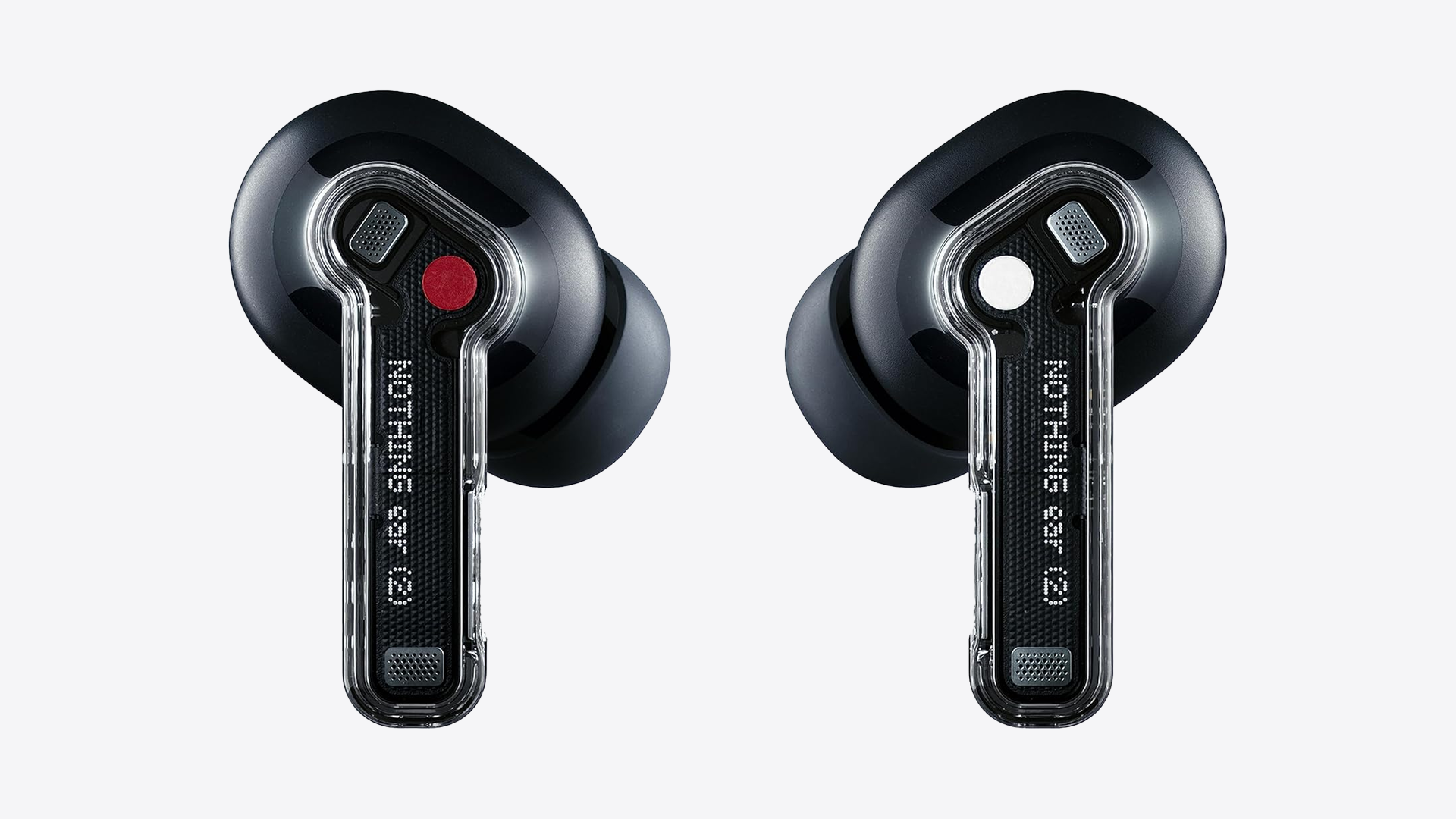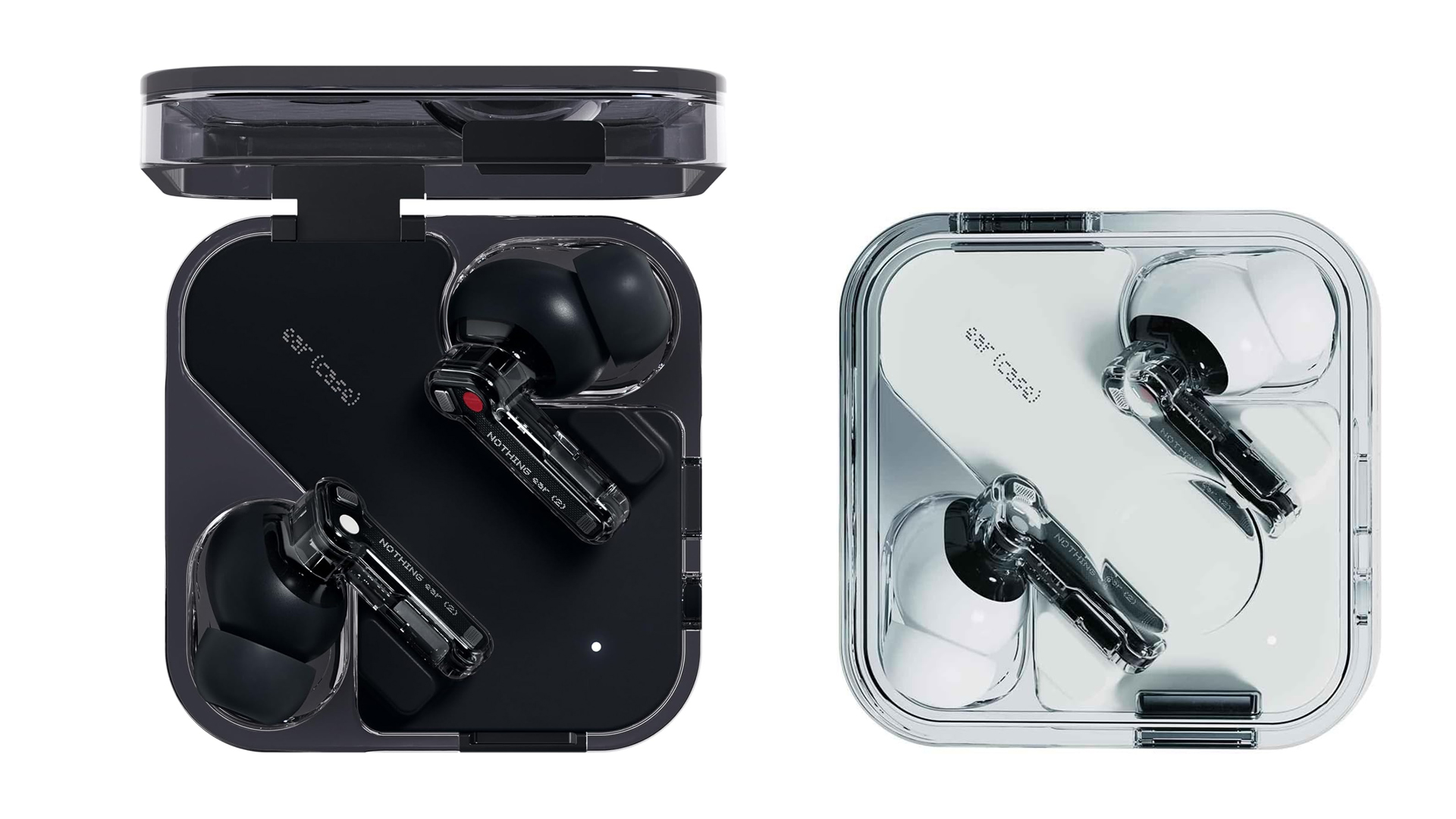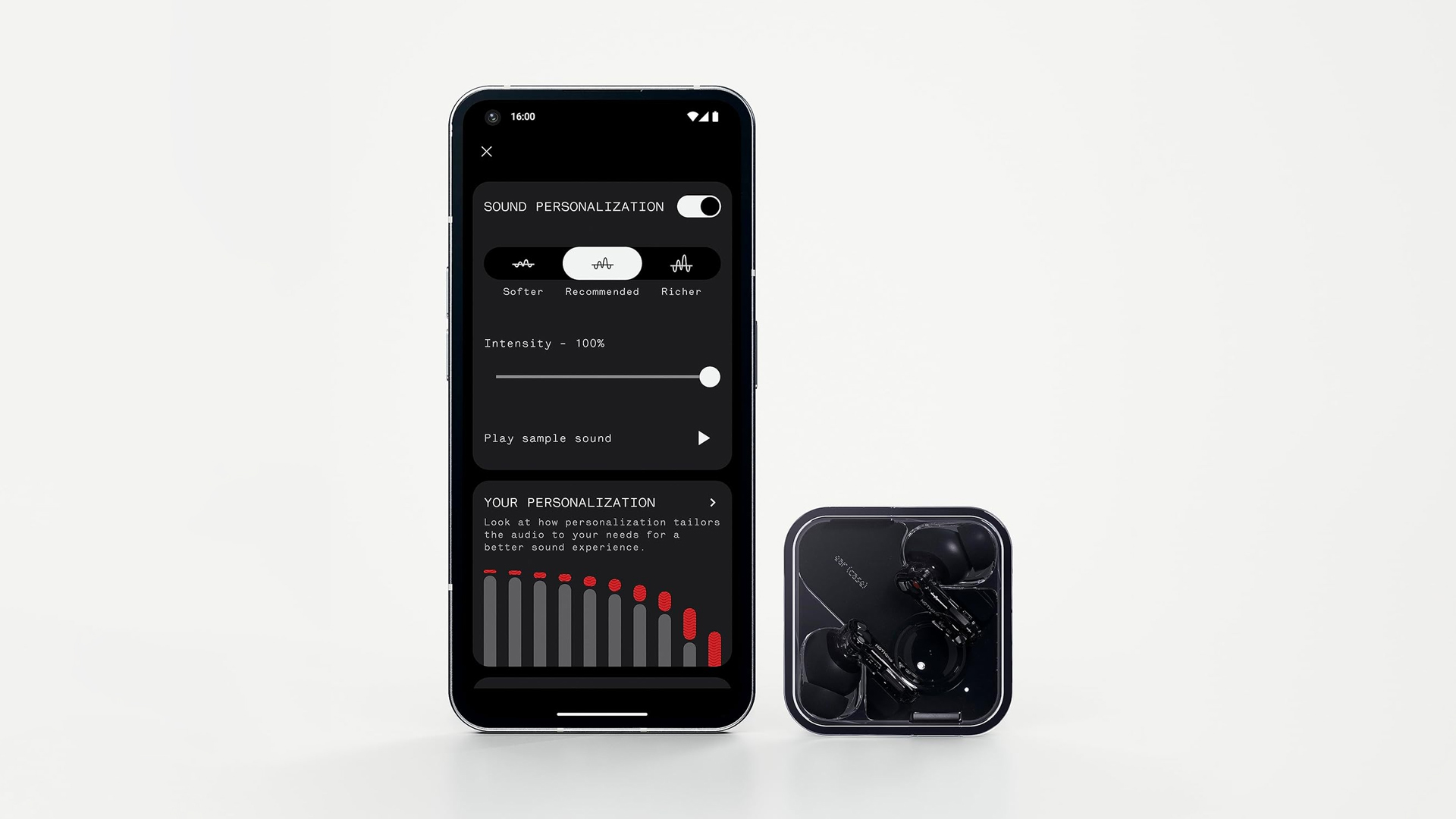Nothing Ear 2 Review: Stylish Design Meets Ambitious Audio
Nothing's sophomore earbuds effort brings improved features but struggles with harsh sound signature
14 July 2023 · Marcus Wilson
No external ratings found
The Bottom Line
The Nothing Ear 2 offer distinctive design and solid features but are held back by harsh, fatiguing sound that makes extended listening uncomfortable. While improvements in noise cancellation and app functionality are welcome, the aggressive treble emphasis prevents these from competing with better-tuned alternatives at similar prices.
Available on:
What we like
- Distinctive transparent design with premium build quality
- Comprehensive Nothing X app with advanced parametric EQ
- Comfortable fit with improved adaptive noise cancellation
- Fast charging and wireless charging support
What we don't like
- Overly harsh and fatiguing sound signature
- Inconsistent pressure-sensitive controls
- Limited battery life for full workday use
Nothing has made quite the splash in recent years with its distinctive approach to consumer electronics. Having used the original Nothing Ear (1) extensively, I was curious to see whether the Nothing Ear (2) could build upon that foundation whilst addressing some of the original's shortcomings. After several weeks of thorough testing, I've found these earbuds to be a fascinating mix of genuine innovation and frustrating compromises.

Design and Build Quality
I must say, the Nothing Ear (2) immediately stands out from the crowd. The transparent design language, developed alongside Teenage Engineering, remains genuinely striking. At just 4.5g per earbud, I found them pleasantly lightweight without feeling insubstantial. The clear plastic construction allows you to see the internal components, which creates a uniquely modern aesthetic that I genuinely appreciate in a market saturated with generic black pods.
The charging case has received some welcome improvements over the original. I noticed the materials feel more premium, and the upgraded IP55 rating for the case (IP54 for the earbuds) provides better protection against the elements. The magnetic closure feels reassuringly solid, though I did find that the transparent plastic shows fingerprints and minor scratches rather easily - something to bear in mind if you're particular about keeping your tech pristine.

Comfort and Fit
Comfort proved to be one of the Nothing Ear (2)'s strongest attributes during my testing. I regularly wore them for 2-3 hour stretches without experiencing any significant discomfort or ear fatigue. The earbuds sit relatively shallowly in the ear canal, which I found less invasive than some of the deeper-inserting alternatives on the market.
The ear tip fit test within the Nothing X app proved surprisingly useful - initially, I was sceptical about such features, but it genuinely helped me achieve a better seal. However, I would have appreciated additional ear tip sizes beyond the three provided, as I found the largest size only just adequate for my ears.
During more vigorous activities, I noticed the earbuds could shift slightly. Whilst they remained secure during brisk walks and light jogging, I wouldn't necessarily recommend them as your primary choice for intense gym sessions or outdoor running.
Features and Performance
Nothing has implemented pressure-sensitive controls on the stems, clearly taking inspiration from Apple's approach with the AirPods Pro. In principle, this should eliminate accidental inputs, but I found the execution somewhat inconsistent. On occasion, a deliberate squeeze would fail to register, whilst other times, lighter pressure than expected would trigger commands. The absence of volume controls by default proved particularly irksome, though this can be rectified through the companion app.
Battery life delivered mixed results during my evaluation period. Whilst Nothing claims 6.3 hours of playback with ANC disabled, I consistently achieved closer to 5.5 hours in real-world usage. The total of 36 hours with the charging case is respectable, though I found myself reaching for the charger more frequently than I'd anticipated for all-day use. The fast charging capability does partially redeem this - 10 minutes genuinely provides several hours of additional playback.
The adaptive noise cancellation represents a clear step forward from the original model. I found it reasonably effective in typical environments - open-plan offices, public transport, and busy cafés all saw noticeable background noise reduction. However, it struggles with wind noise, and despite Nothing's bold claims regarding cancellation levels, I never experienced the full 40dB reduction across all frequencies.

Sound Quality: The Critical Assessment
Here lies the Nothing Ear (2)'s most significant weakness, and unfortunately, it's rather fundamental. Despite Nothing's marketing promises of enhanced audio quality, I found the default sound signature problematically bright and harsh. There's an aggressive emphasis in the upper frequencies, particularly around the 5kHz region, that becomes genuinely fatiguing during extended listening sessions.
I tested extensively across various genres to confirm this observation. When listening to Adele's "Someone Like You," I noticed her powerful vocals became unpleasantly strident, losing much of their natural warmth and emotional resonance. Similarly, with Arctic Monkeys' "R U Mine?", whilst the aggressive guitar work initially seemed more detailed, the overall presentation felt unbalanced and overly harsh rather than revealing.
I spent considerable time experimenting with the Nothing X app's equaliser options, including the advanced parametric controls. Whilst I managed some improvement, I never fully resolved the fundamental tuning issues without compromising other aspects of the sound. The personalised sound profile feature, though conceptually interesting, didn't meaningfully address these core problems in my experience.
Connectivity and Call Quality
Call quality proved adequate for most scenarios. In quiet environments, I found the microphone captured my voice clearly, though it did impart a somewhat processed character. The earbuds handled moderate background noise reasonably well, but call quality degraded noticeably in genuinely noisy environments.
I appreciated Nothing's inclusion of the LHDC 5.0 codec, though its practical benefits remain limited due to restricted device compatibility. Bluetooth 5.3 connectivity proved reliable throughout my testing period, and the multi-device pairing functioned as advertised. However, the low-latency gaming mode proved disappointing - whilst it offered some improvement on iOS devices, Android and PC users will still experience noticeable audio lag that hampers gaming and video consumption.
The Nothing X App
Nothing deserves credit for creating a genuinely well-designed companion application. I found the interface intuitive and appreciated the comprehensive feature set. The advanced equaliser with Q-factor control is particularly impressive for consumer-oriented earbuds, and the ability to share EQ profiles via QR codes demonstrates genuine innovation in user experience design.
That said, I did encounter some irritations. The terminology used for sound profiles ("softer," "balanced," "richer") feels unnecessarily vague, and the find-my-earbuds feature produces such a quiet alert tone that I could barely hear it unless I was in complete silence - rather defeating the object.

Final Verdict
The Nothing Ear (2) represents a genuinely frustrating product - one that comes tantalisingly close to excellence but falls short where it matters most. I genuinely wanted to recommend these earbuds; the design is undeniably distinctive, the build quality feels solid, and the feature set is comprehensive. Nothing has clearly listened to user feedback and made meaningful improvements in areas such as noise cancellation and app functionality.
Unfortunately, the fundamental audio tuning issues prevent me from offering an unreserved recommendation. The harsh, fatiguing sound signature undermines what could have been an exceptional product. When superior audio quality is available from alternatives such as the JBL Live Pro 2 TWS or Panasonic RZ-S500W at similar or lower price points, it becomes difficult to justify the Nothing Ear (2) purely on sonic merit.
If you're particularly drawn to Nothing's aesthetic and don't mind investing time in equaliser adjustments, these might still earn a place in your collection. However, if audio quality is your primary concern - as it arguably should be with any audio product - I'd strongly recommend extensive auditioning before purchase, or serious consideration of the alternatives I've mentioned.